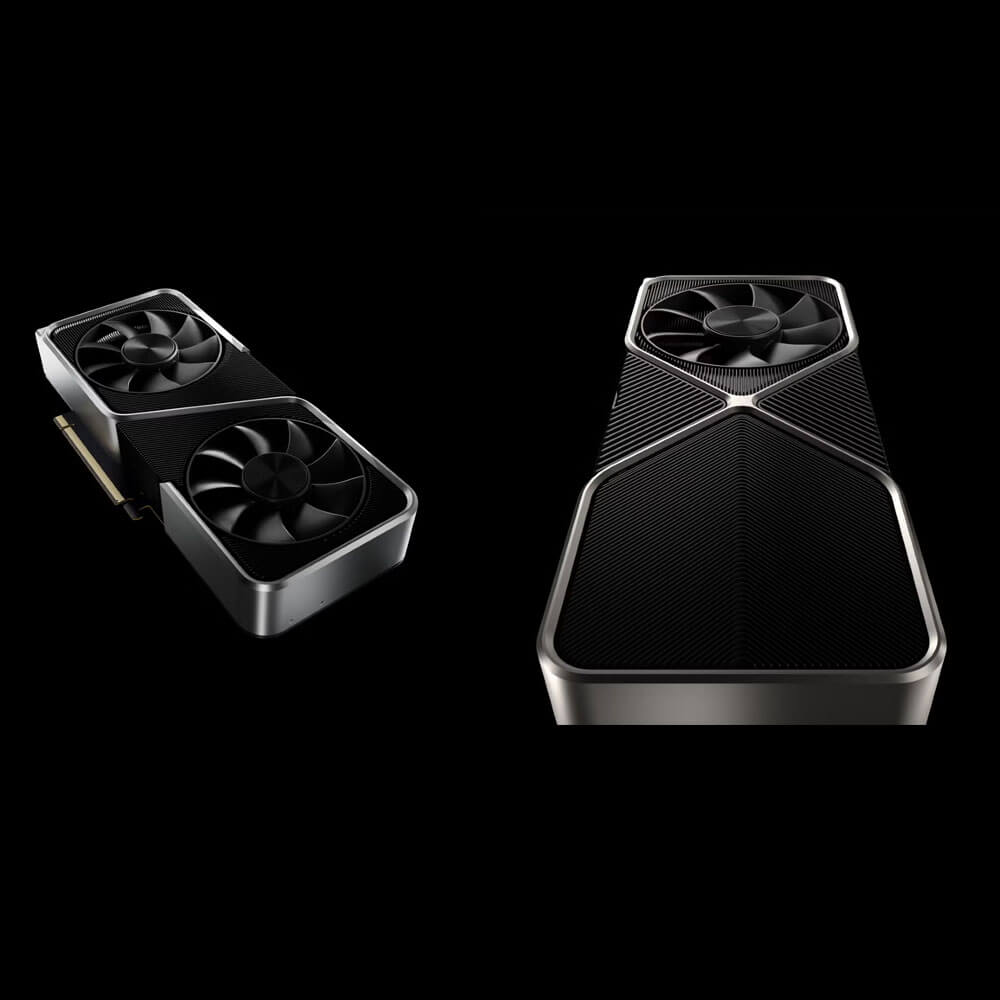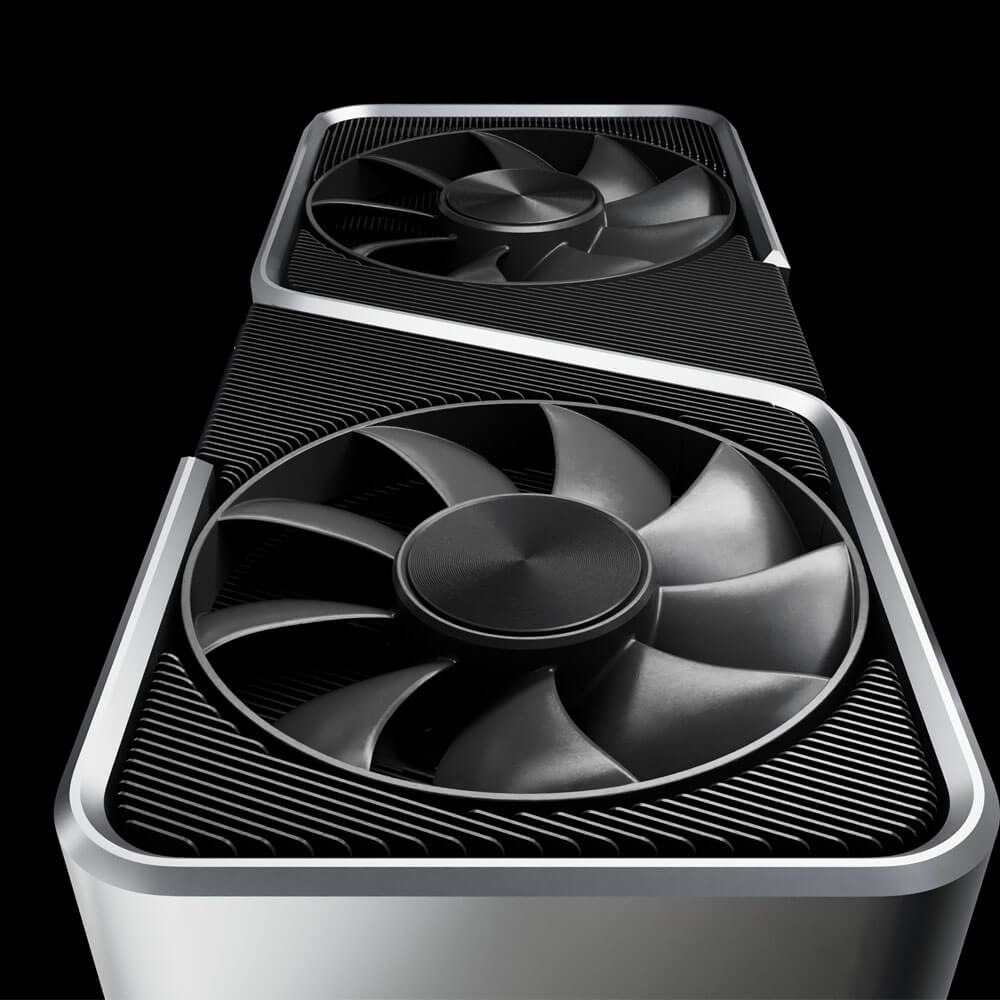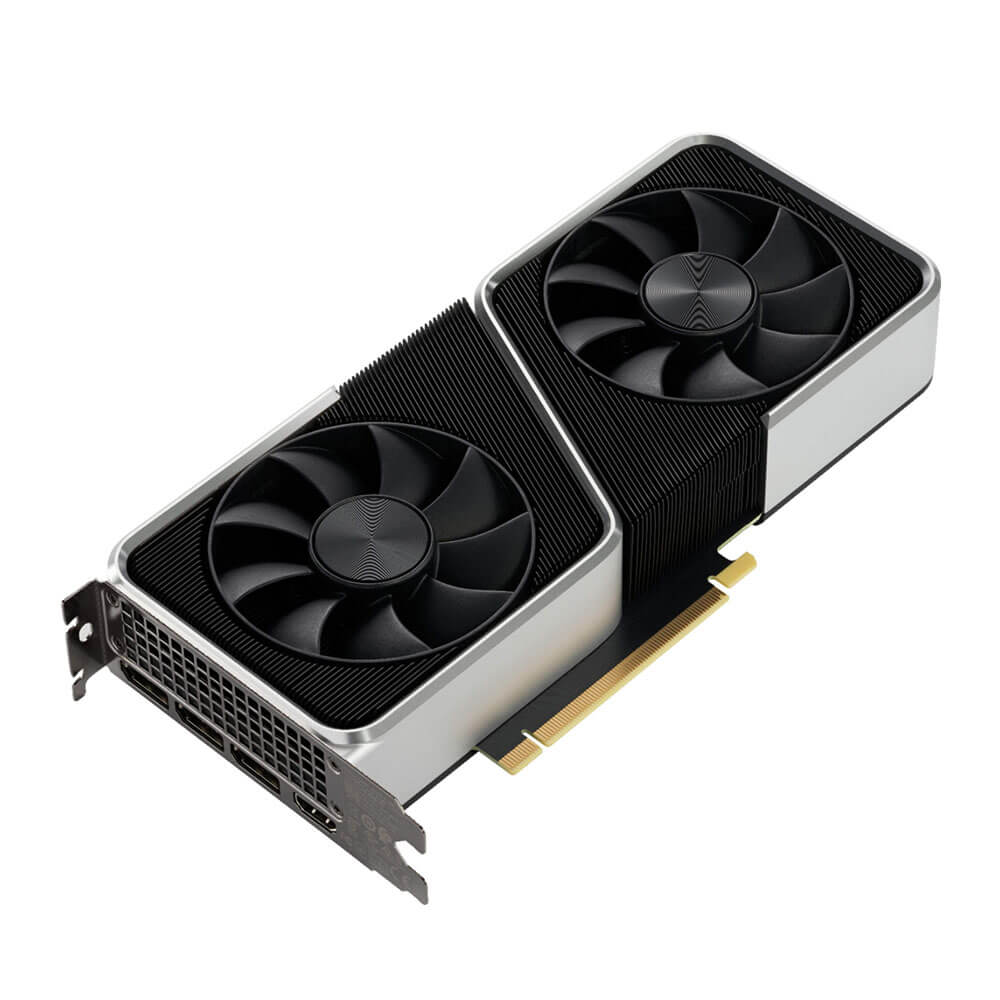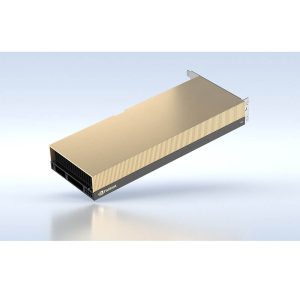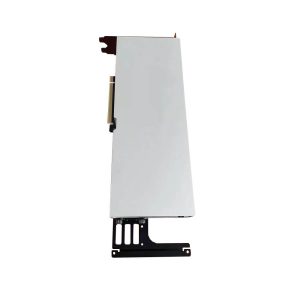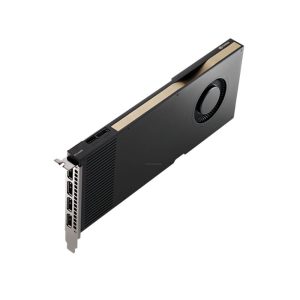NVIDIA GeForce RTX 3060 Graphics Card 8 GB GA104
The NVIDIA GeForce RTX 3060 Graphics Card (GA104) with 8GB GDDR6 memory offers powerful performance for gaming and creative workflows. Built on the NVIDIA Ampere architecture, it features advanced RT and Tensor Cores for real-time ray tracing and AI-enhanced graphics. Ideal for 1080p and 1440p gaming, the RTX 3060 delivers smooth performance, stunning visuals, and energy-efficient operation.
Min. Quantity – 5 Nos
Note: Below are the approximate and promotional prices. For the latest pricing and further details, please WhatsApp or call us at +91-8903657999.
₹35,999 ₹64,500
The GeForce RTX 3060 Ti GA103 is a high-end graphics card by NVIDIA, launched on February 23rd, 2022. Built on the 8 nm process, and based on the GA103 graphics processor, in its GA103-200-A1 variant, the card supports DirectX 12 Ultimate. This ensures that all modern games will run on GeForce RTX 3060 Ti GA103. Additionally, the DirectX 12 Ultimate capability guarantees support for hardware-raytracing, variable-rate shading and more, in upcoming video games. The GA103 graphics processor is a large chip with a die area of 496 mm² and 22,000 million transistors. It features 4864 shading units, 152 texture mapping units, and 80 ROPs. Also included are 152 tensor cores which help improve the speed of machine learning applications. The card also has 38 raytracing acceleration cores. NVIDIA has paired 8 GB GDDR6 memory with the GeForce RTX 3060 Ti GA103, which are connected using a 256-bit memory interface. The GPU is operating at a frequency of 1410 MHz, which can be boosted up to 1665 MHz, memory is running at 1750 MHz (14 Gbps effective).
Being a dual-slot card, the NVIDIA GeForce RTX 3060 Ti GA103 draws power from 1x 12-pin power connector, with power draw rated at 200 W maximum. Display outputs include: 1x HDMI 2.1, 3x DisplayPort 1.4a. GeForce RTX 3060 Ti GA103 is connected to the rest of the system using a PCI-Express 4.0 x16 interface. The card measures 242 mm in length, 112 mm in width, and features a dual-slot cooling solution. Its price at launch was 399 US Dollars.
Key Features:
- Ampere Architecture (GA104 Variant)
- CUDA Cores (Cut-Down GA104)
- Compared to the normal GA106-based 3060, a GA104 variant might carry a different CUDA core count—often slightly higher or matching standard 3060 specs (~3,584 cores)—resulting in a performance profile close to (or marginally above) the usual GA106-based 3060.
- Second-Generation RT Cores
- Delivers advanced ray tracing capabilities for real-time lighting, shadows, and reflections, running more efficiently than first-gen RTX GPUs.
- Third-Generation Tensor Cores
- Powers AI-driven features like DLSS (Deep Learning Super Sampling) 2.x, offering upscale performance that enables higher frame rates at advanced resolutions or with ray tracing enabled.
- 8 GB of GDDR6 Memory
- GDDR6 VRAM
- The card typically sports 8 GB of GDDR6 (as opposed to 12 GB in the standard 3060 GA106 model), focusing on faster memory speeds or a different bus partition consistent with GA104’s layout.
- Memory Interface
- Depending on the partial disablement of GA104, the memory bus might remain around 256-bit or be cut to 192-bit. This ensures decent bandwidth to manage 1080p and 1440p gaming or moderate content creation tasks.
- Real-Time Ray Tracing & DLSS
- Hardware-Accelerated Ray Tracing
- The GA104-based RTX 3060 8GB supports advanced path tracing features like ray-traced reflections, ambient occlusion, and global illumination in games and 3D rendering pipelines.
- Deep Learning Super Sampling
- Third-gen Tensor Cores drive AI upscaling for high-res gaming or creative tasks, boosting FPS and maintaining or improving image fidelity in visually intensive workloads.
- Cooling & Power Consumption
- Comparable TDP (~170–200W)
- Similar power range to standard RTX 3060 Ti or slightly above the original 3060. Requires a robust PSU (550–650W recommended) and stable cooling to maintain performance.
- Board Partner Designs
- AIBs typically feature dual-fan or triple-fan configurations (or mini-ITX versions in special cases), ensuring stable GPU clocks under load.
- Connectivity & Display
- HDMI 2.1 & DisplayPort 1.4a
- Handles 4K at 120Hz on supported displays, with potential for 8K at 60Hz (with DSC), aligning with Ampere’s advanced feature support for both gaming and professional applications.
- G-SYNC & Reflex
- Reduces screen tearing, stuttering, and input lag, ideal for competitive gaming or user comfort in visually demanding titles.
Applications:
- Enthusiast/High-Refresh 1080p & 1440p Gaming
- High-Fidelity Gaming: Runs AAA titles at ultra settings in 1080p or comfortable frame rates at 1440p, even with ray tracing on, especially if aided by DLSS.
- Esports Titles: Achieves triple-digit FPS in competitive games, with Reflex minimizing latency and G-SYNC delivering smooth displays.
- Content Creation
- Video Editing & Graphics: GPU acceleration in Premiere, After Effects, or DaVinci Resolve for effects, color grading, and multi-layered 1080p/1440p video.
- 3D Modeling/Rendering: Harnesses CUDA core parallelism for moderate 3D scenes in Blender, Maya, or Cinema 4D, plus AI-based denoising or upscaling features.
- AI & Data Processing
- Tensor-Core-Assisted: Provides modest neural network training or real-time inference capacity, suitable for students, hobbyists, or developers exploring ML frameworks.
- GPU-Accelerated Analytics: Gains from parallel compute in libraries like RAPIDS for interactive data analysis or HPC-lite tasks.
- Professional Visualization & VR
- Ray-Traced Visualization: Second-gen RT Cores produce near-real-time photorealistic lighting in design, architecture, and simulation.
- VR/AR: Manages immersive experiences at stable frame rates for gaming or professional VR-based training, though not as high-end as the 3080/3090 lines.
Why Choose the NVIDIA GeForce RTX 3060 (GA104) 8GB?
- Potential Performance Boost Over GA106 3060
- A GA104-based 3060 might pack more CUDA cores or bandwidth than the GA106 version, bridging closer to a 3060 Ti’s performance while retaining a standard “3060” brand.
- Solid VRAM for 1080p/1440p
- 8GB GDDR6 suits advanced texture packs, multi-layers in video editing, or moderate 3D projects at mainstream resolutions.
- Affordable Ampere Ray Tracing & DLSS
- Harnesses second-gen RT cores and third-gen Tensor cores for real-time path tracing and AI upscaling at an accessible price point.
- Future-Proof Ecosystem
- Built on Ampere’s feature set (PCIe 4.0, HDMI 2.1), supporting next-gen game engines, frequent driver optimizations, and robust software ecosystem (Reflex, G-SYNC, etc.).
- Balance of Power & Efficiency
- Typically draws less power (~170–200W) than higher-tier GPUs (3070/3080), ideal for midrange systems or those wanting near-RTX 3060 Ti performance at a lower cost/power envelope.
| Product Name | NVIDIA GeForce RTX 3060 |
| Manufacturer | NVIDIA |
| Memory | 8 GB GA104 |
| Memory Bus | 256 bit |
| Bandwidth | 448.0 GB/s |
| Base Clock | 1410 MHz |
| Boost Clock | 1665 MHz |
| TDP | 200 W |
| PSU | 550 W |
| Outputs | 1x HDMI 2.1,3x DisplayPort 1.4a |
| Power Connectors | 1x 12-pin |
| Maximum Resolution | 7680 x 4320 (8K) |
| Dimensions | ~242mm x 112mm |
| Bus Interface | PCIe 4.0 x16 |

